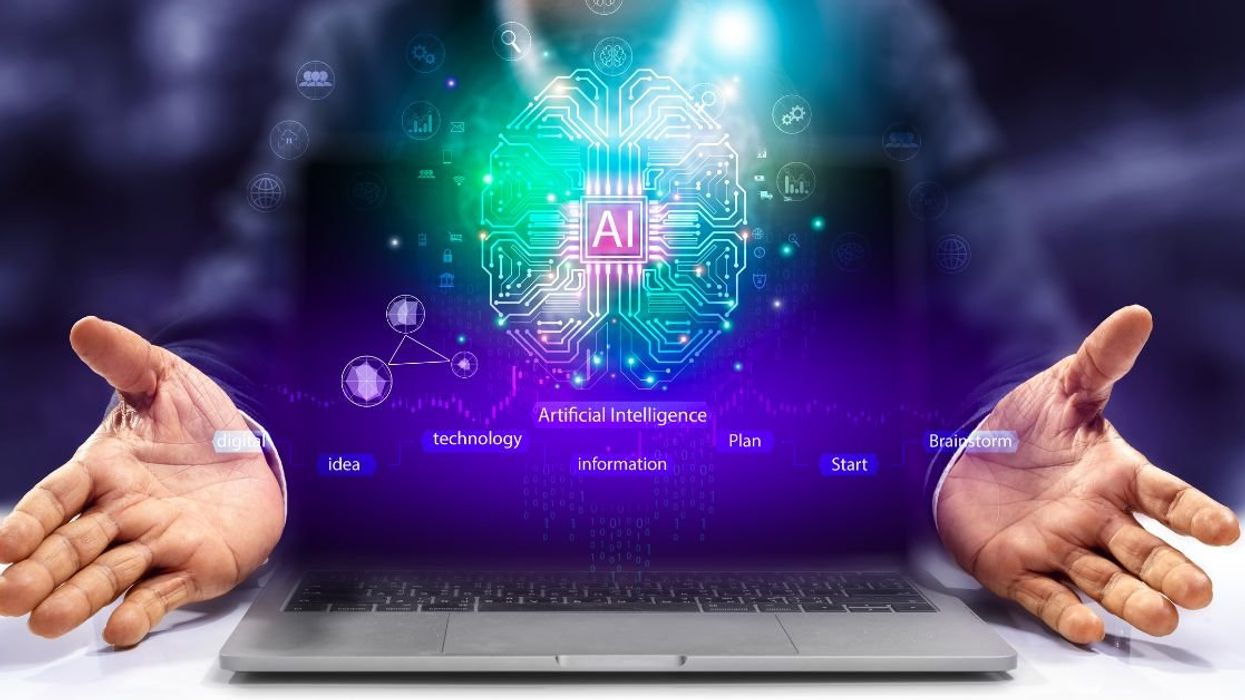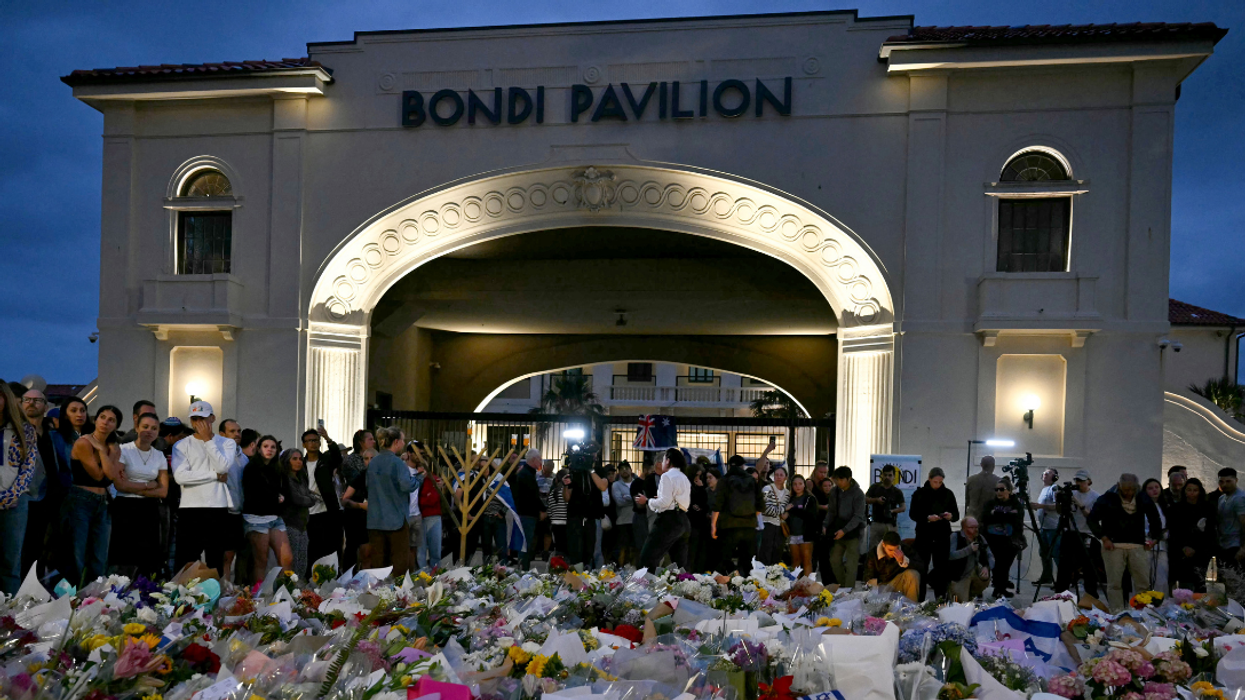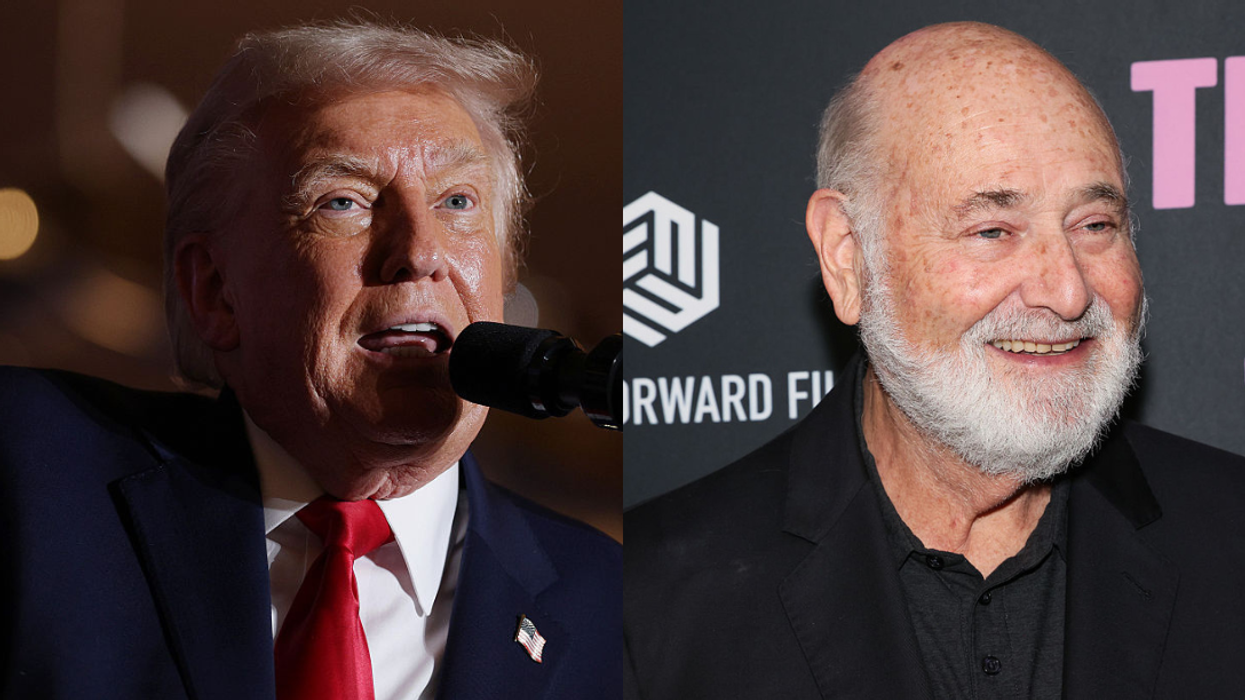CEOs are openly discussing how AI will replace human roles in fields like customer service, data entry, transportation, logistics, and beyond.
In an interview with Gizmodo, Chief Executive Advisor Elijah Clark confirmed what many workers already fear: companies are actively hiring consultants like him to help roll out AI and reduce reliance on human labor.
In the interview, Clark explained:
“CEOs are extremely excited about the opportunities that AI brings. As a CEO myself, I can tell you I'm extremely excited about it. I've laid off employees myself because of AI."
Clark is just one of several executive voices championing the replacement of workers with machines. The motivation? Maximizing efficiency, slashing labor costs, and avoiding pesky things like paying a living wage, strikes, benefits, or negotiations. All that boring stuff!
Discussing the talking points with CEOs, Clark said:
“AI doesn't go on strike. It doesn't ask for a pay raise. These things that you don't have to deal with as a CEO.”
One startup has taken that sentiment to new—and dystopian—heights. Artisan, an AI automation company, proudly advertises its mission to eliminate human labor. The company sparked controversy with provocative billboards in San Francisco that read, “Stop Hiring Humans” and “Artisans won’t complain about work-life balance.”
The backlash was swift, but the attention paid off. According to Forbes, Artisan raked in over $25 million in revenue.
In an interview with SFGate, Artisan CEO Jaspar Carmichael-Jack bragged:
“We wanted something that would draw eyes — you don't draw eyes with boring messaging.”
The company’s flagship product? A female-coded AI persona named “Ava” is designed to replace human customer service reps. She’s sleek, efficient, and unsettling in a M3GAN sort of way.
You can view the ad below:
"Stop Hiring Humans" billboards around SF 🧵 pic.twitter.com/jBUSErvMfK
— AI Notkilleveryoneism Memes ⏸️ (@AISafetyMemes) December 12, 2024
Again, a little creepy, but okay.
Artisan is hardly alone. OpenAI CEO Sam Altman recently predicted in Futurism that AI agents will soon eliminate entire categories of customer service roles.
Speaking to the Federal Reserve vice-chair for supervision, Michelle Bowman, about how AI has changed how clients receive customer service, Altman said:
“Now you call one of these things, and AI answers. It’s like a super-smart, capable person. There’s no phone tree, there’s no transfers. It can do everything that any customer support agent at that company could do. It does not make mistakes…”
Except, sometimes it does.
When Klarna CEO Sebastian Siemiatkowski collaborated with OpenAI to replace human staff with hundreds of AI customer service agents, he didn’t anticipate how impatient human customers would be with the malfunctioning bots.
This occurred after the CEO’s claim of saving $10 million by terminating 40 percent of its workforce, but he underestimated the frustration caused by a flawed, confusing algorithm of bots.
Eventually, Siemiatkowski admitted to Bloomberg that cutting costs at the expense of service quality, well, kind of backfired:
“[C]ost unfortunately seems to have been a too predominant evaluation factor when organizing this, what you end up having is lower quality.”
Still, tech executives remain bullish on pushing AI work over human labor jobs.
Clark concluded:
“[T]hey're going to come up in the next six months to a year and start laying people off. They're looking for ways to save money at every single company that exists.”
And the public is starting to notice. Across social media, critics have slammed corporate enthusiasm for AI as profit-driven, short-sighted, and morally dubious.
You can view the human reactions below:
Meanwhile, the economic forecasts are quite sobering. Forbes estimates that by 2025, AI will dramatically reshape the global labor market, affecting up to 25 percent of all jobs. Goldman Sachs predicts that by 2045, generative AI and robotics could fully automate half of the workforce—eliminating up to 300 million jobs.
The AI revolution isn’t coming. It’s actually already here. And for workers, the message from the top is chillingly clear: adapt—or be automated out.















 @realDonaldTrump/Truth Social
@realDonaldTrump/Truth Social
